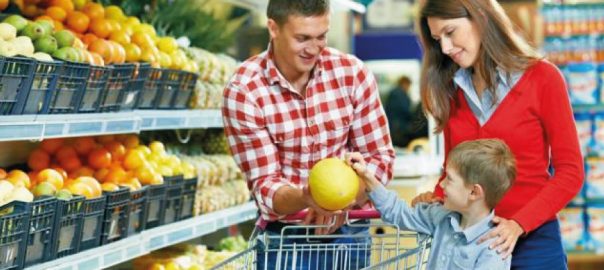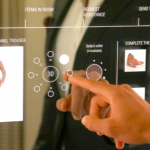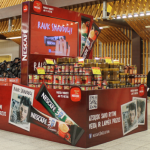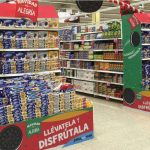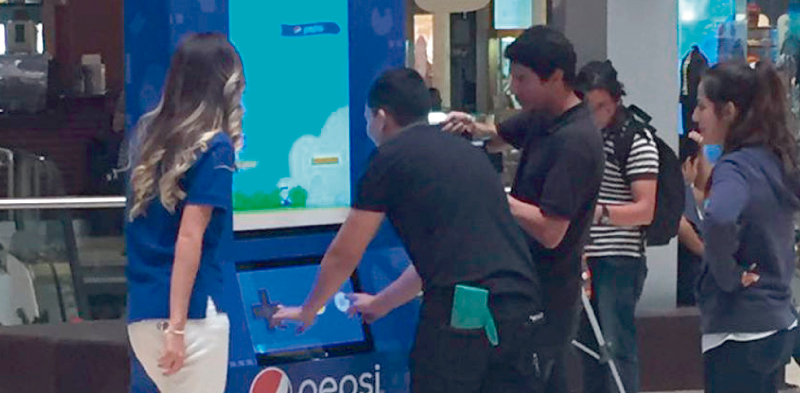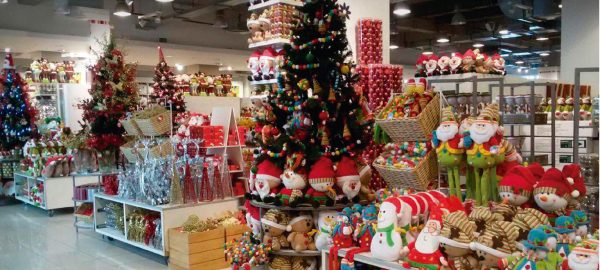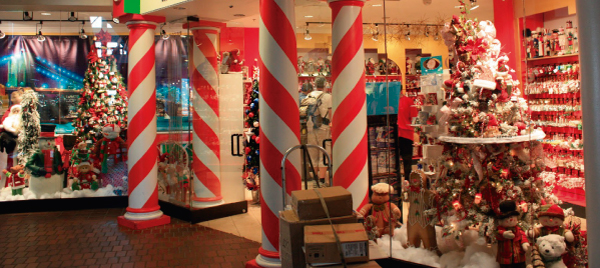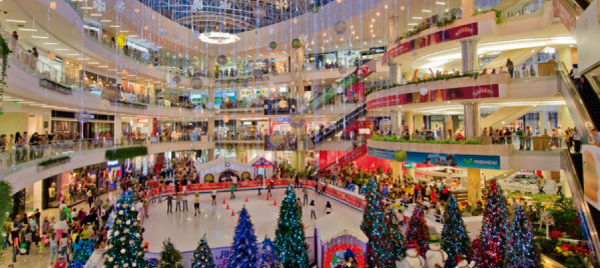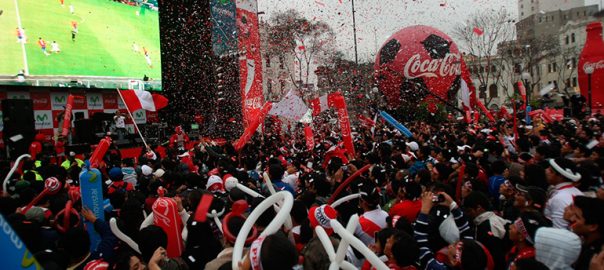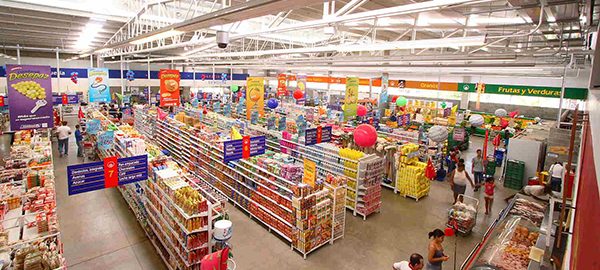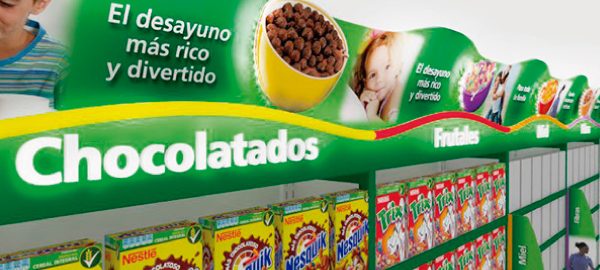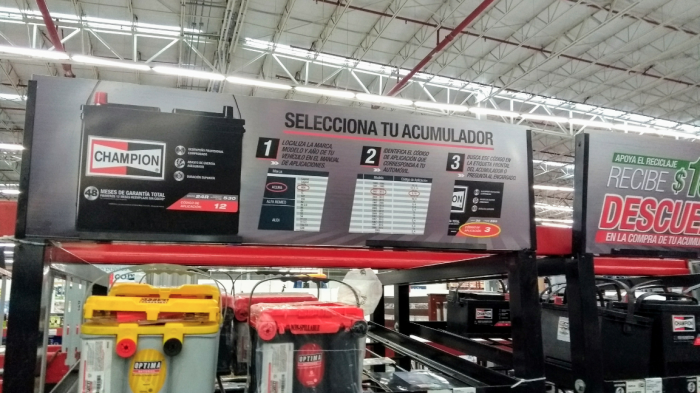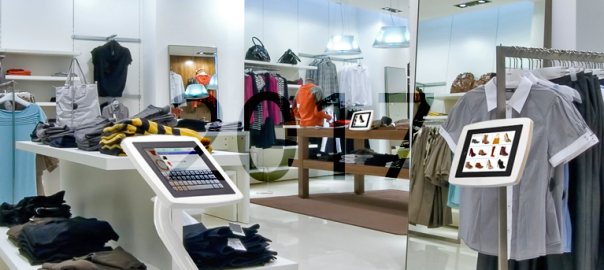México es de los países que más compras realizan fuera del hogar, por lo tanto, para ciertas categorías, el consumo fuera del hogar es importante para impulsar el crecimiento.
Fabián Ghirardelly, Country Manager de Kantar Worldpanel México, agencia líder en conocimiento de hábitos de compra de los hogares, nos comparte su opinión sobre cómo convertir el comportamiento de compra en una ventaja competitiva y crecer ante un entorno de incertidumbre.
A continuación, el directivo comparte 10 puntos importantes a tomar en cuenta para no dejar de estar presentes en los hogares mexicanos, cualquiera que sea la vía por la que se quiera llegar.
1. Impact more households
The most important way for growth is to reach as many Mexican households as possible. This is the best way to obtain a higher return on investment and greater market share.
2. Impact more channels
From the small shop on the corner, the sale of door to door, to the modern channel, the brands must be present in as many points of sale as possible, since this will boost their growth.
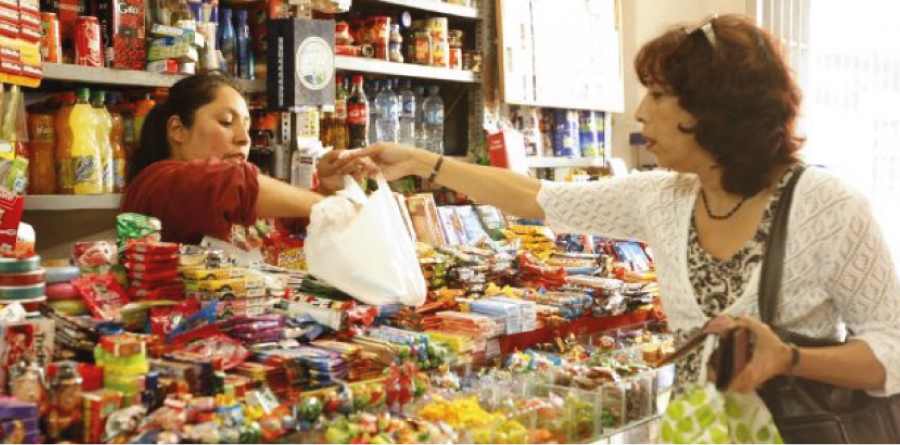
3. Cover new cities
Mexico is huge and clearly the brands can improve their development having presence in more cities of the country where they have not yet arrived.
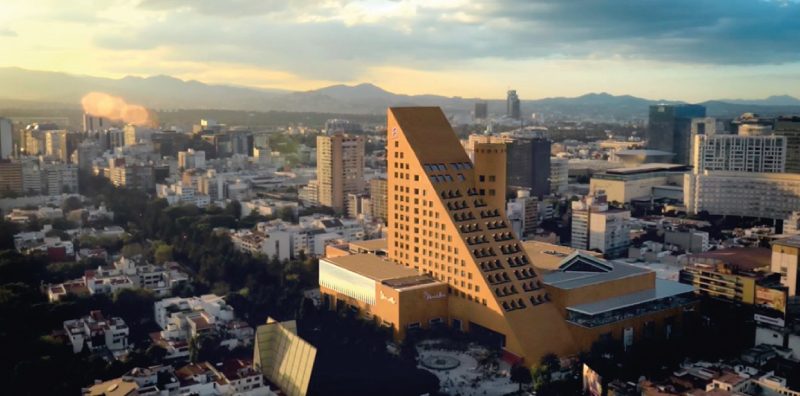
4. Successful innovation, high impact innovation
In the country the development of innovation is high, but unfortunately there are few successful cases. It is important to understand and know the buyers to be able to offer attractive solutions and thus have a high impact on the market.
5. Attacking new moments of consumption
Many brands, by their nature, have concentrated their efforts on specific consumption moments. The challenge now is to look for uses or occasions of consumption to develop brands. Knowing with what type of products the brands coexist will give them a guide to where to go.
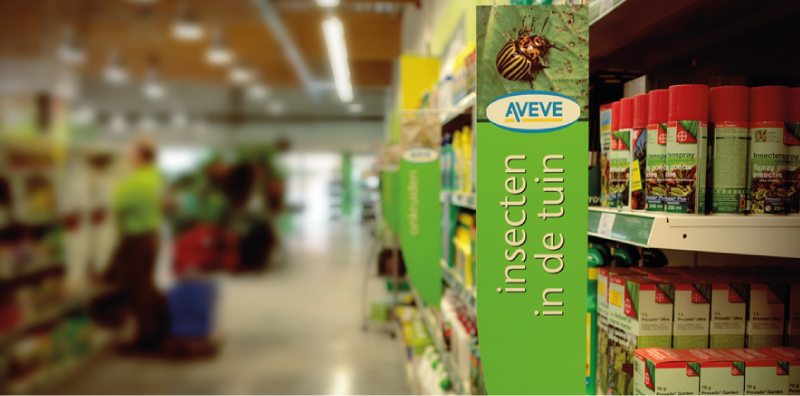
6. Attract consumption outside the home
Mexico is one of the countries that make the most purchases outside the home, therefore, for certain categories, consumption outside the home is important to boost growth. Brands must offer appropriate formats in correct channels, it is essential to grow in an uncertain environment.
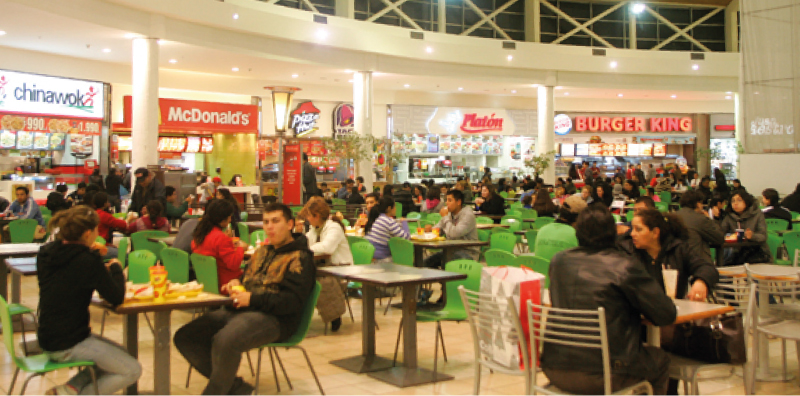
7. Obtain purchases of new price points
Covering new price points (disbursements) in the category will be a new source of income. From Premium options and also opportunity in affordable options.

8. Communication more linked to consumption
It is becoming increasingly difficult for brands to invest in media, to have a more efficient and effective communication, the ideal is to understand which means the most frequent buyers of the brand consume to seek their loyalty or understanding the non-buyers of the brand to attract them.
For each type of buyer the communication must be differentiated: the first case is the most emotional and for the second most functional case.

9. Optimize the development of categories
Certain chains show less development for certain categories or, conversely, they encourage growth. It is critical that brands optimize development by specific channels and channels.

10. Effective promotions
Promotions are important for brand sales, but they must take care of their planning so that your target audience generates greater impact and loyalty. For example, when promotions last a long time, they play against each other because they lose the credibility of consumers.

Source: Perú-Retail


 Español
Español